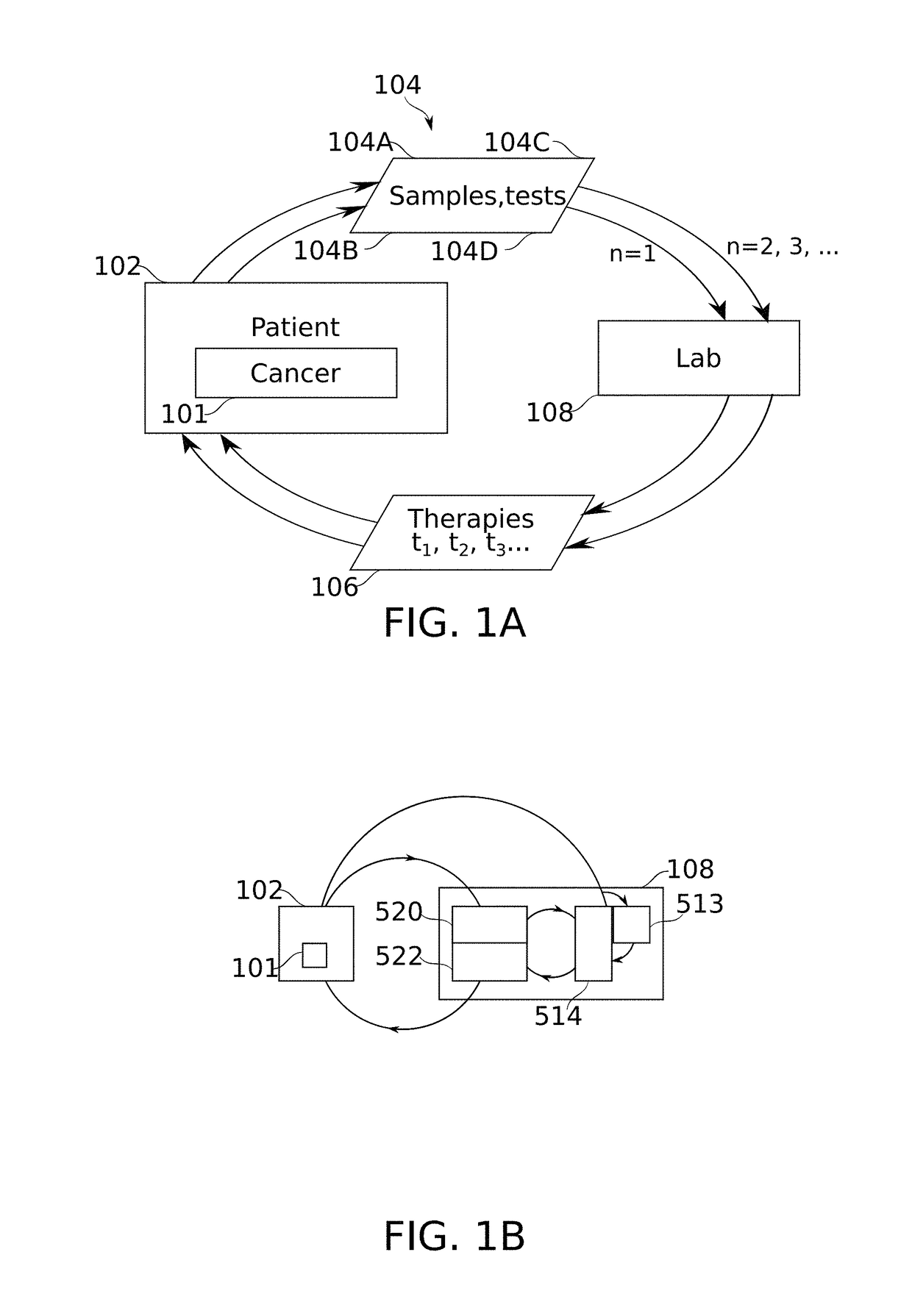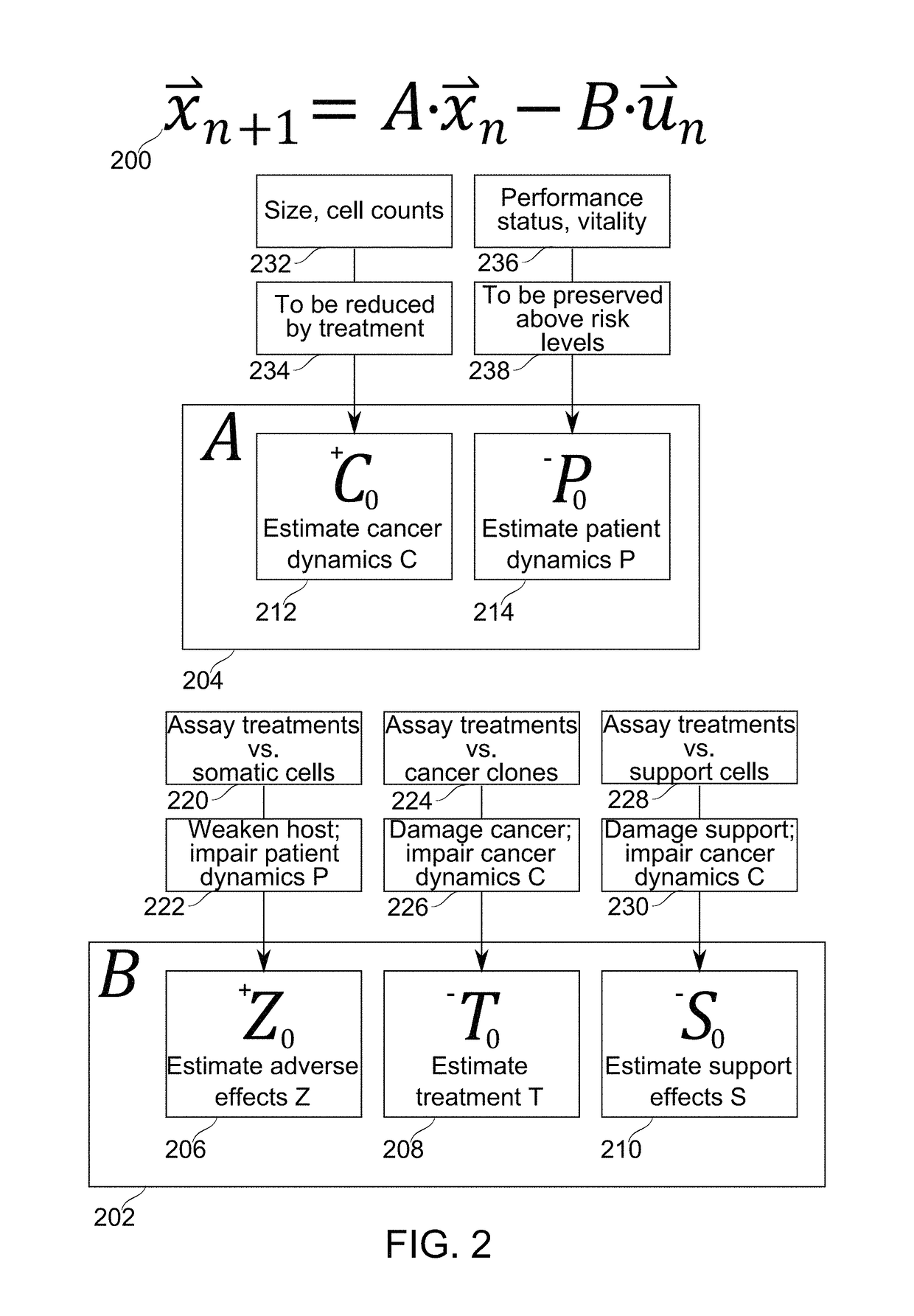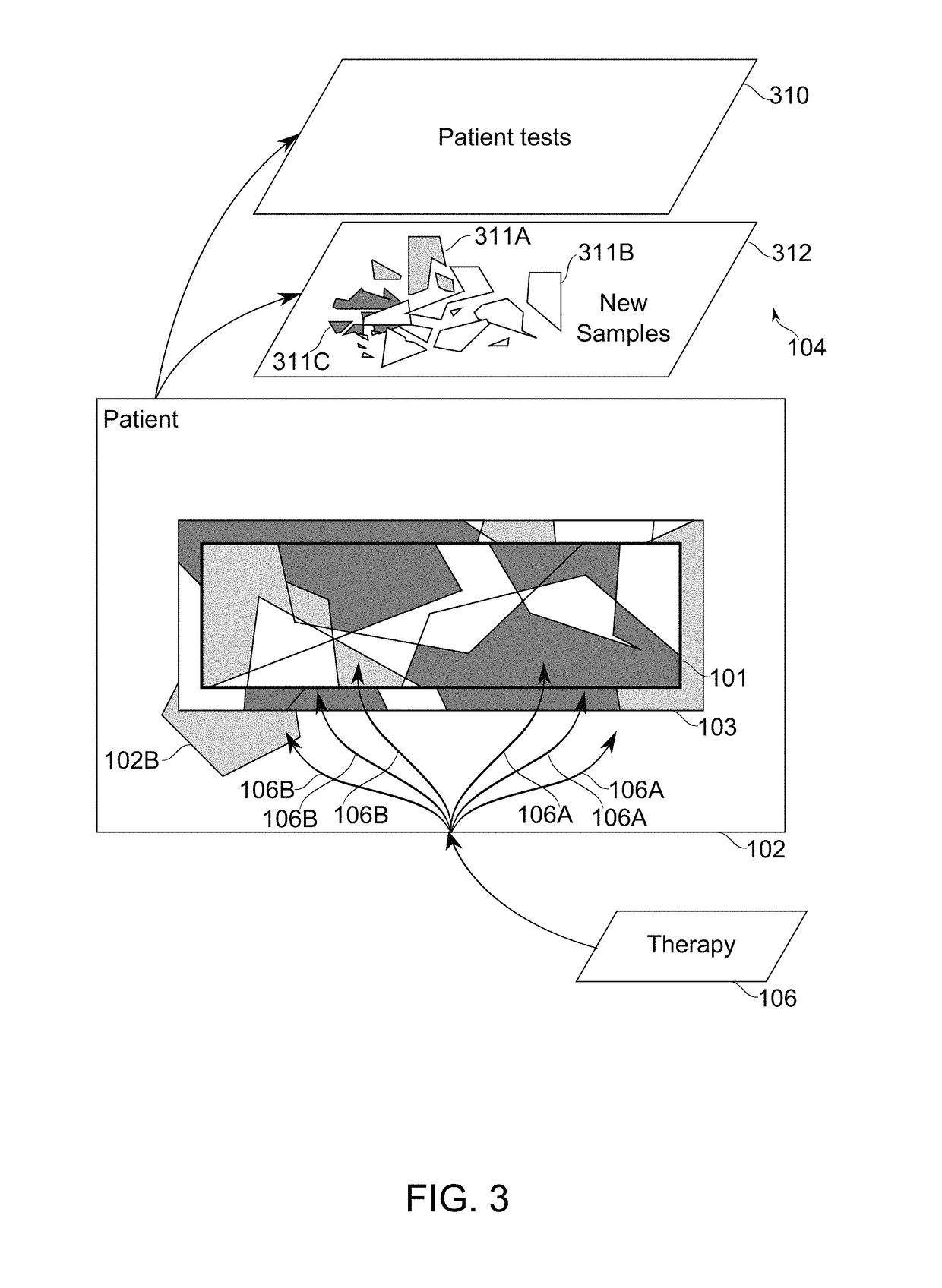Patient-specific immunotherapy for treating heterogeneous tumors
a tumor and patient-specific technology, applied in the field of cancer therapy, can solve the problems of reducing the therapeutic efficiency, unable to produce patient-specific immunotherapy, and unable to achieve the transfer of immunotherapy to clinical practice, and achieve the effect of increasing tumor specificity and selectivity
- Summary
- Abstract
- Description
- Claims
- Application Information
AI Technical Summary
Benefits of technology
Problems solved by technology
Method used
Image
Examples
example 1
Tissue Specific mAb Response
[0589]To establish a colon carcinoma tumor and specific antibody, CT26 cells (murine colon carcinoma cell line, Balb / c origin) are grown and injected to Balb / c mice. Each mouse is injected subcutaneously with CT26 cells (105 Cells / mouse in 100 μl HBSS) into the right flank. For control group, additional 6 Balb / c mice are grown, and normal serum and normal tissue samples are obtained. Mice are monitoring for tumor diameter (5-10 times). When tumors reach 15-20 mm in diameter, approximately after 30-60 days, mice are tested for specific serum antibody titer by ELISA and FACS on intact CT26. Normal serum from the control group is tested for non specific serum antibodies.
[0590]Tumors, as well as normal tissue samples (liver, lungs, kidneys and heart), are removed from the mice and preserved in formalin. Positive spleens (i.e. wherein the sera of the mouse from which it was obtained was immunoreactive with the cancer cells) are removed and either used for fusi...
example 2
and mAb Development and Screening for mAb Recognition of CT26 Cells
[0591]A fusion procedure is performed using the spleen from the animal selected (see Example 1). The lymphocytes are fused to Sp2 / 0-Ag14 cells (Balb / c origin) using the PEG method, according to standard procedure. For screening, the cells are distributed into 8-10 96-well plates and cultured in HAT selection medium. Plates are monitored for growth and fed bi-weekly. Supernatants are collected and subjected to ELISA / FACS (8-10×96-well plates), 10-14 days after fusion.
[0592]Next, up to 24 positive hybridoma cells (if applicable) are expanded and screened again (1×96-well plate). Cells from up to 5 strongly positive hybridoma cells (if applicable) are frozen (5 vials / clone).
example 3
ng and Expanding
[0593]Cells from the 5 strongly positive hybridoma cells are sub-cloned by limiting dilution (5×96-well plates for each hybridoma, a total of 25 96-well plates). Cells from limiting dilution plates are screened by ELISA / FACS (25×96-well plates).
[0594]Positive clones are expanded and screened again by ELISA (1×96-well plate). Supernatants (up to 15 ml / clone) and cells from 10 selected clones (2 from each hybridoma) are frozen (5 vials / clone) and stored. Histology analysis of selected mAbs on tumor and normal tissue sections (Example 1) for the monoclonal antibody recognition is also performed.
PUM
| Property | Measurement | Unit |
|---|---|---|
| pharmaceutical composition | aaaaa | aaaaa |
| binding affinities | aaaaa | aaaaa |
| frequency | aaaaa | aaaaa |
Abstract
Description
Claims
Application Information
 Login to View More
Login to View More - R&D
- Intellectual Property
- Life Sciences
- Materials
- Tech Scout
- Unparalleled Data Quality
- Higher Quality Content
- 60% Fewer Hallucinations
Browse by: Latest US Patents, China's latest patents, Technical Efficacy Thesaurus, Application Domain, Technology Topic, Popular Technical Reports.
© 2025 PatSnap. All rights reserved.Legal|Privacy policy|Modern Slavery Act Transparency Statement|Sitemap|About US| Contact US: help@patsnap.com



